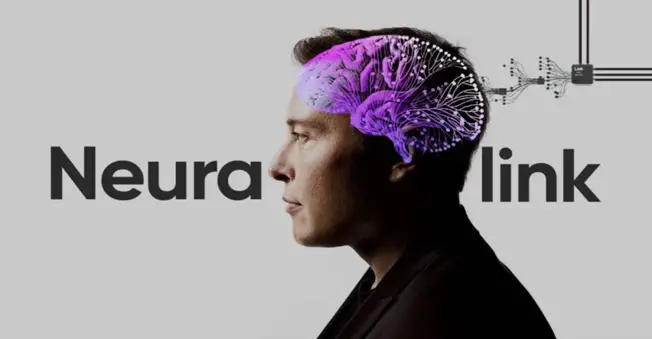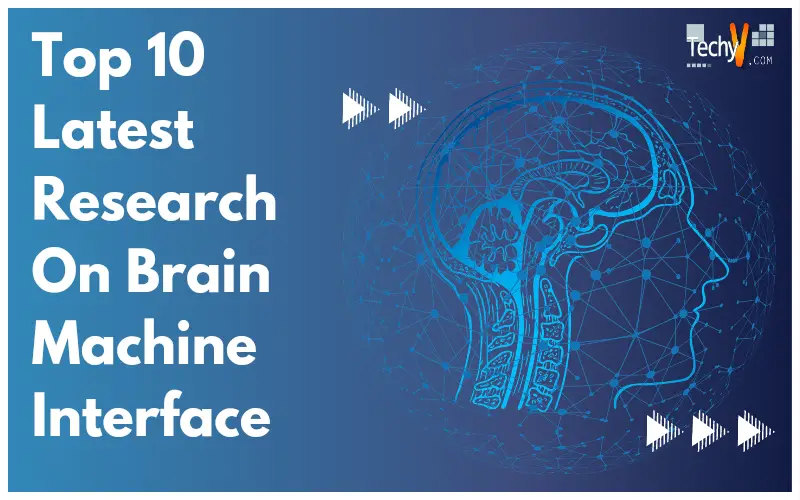Dendrites and axons connect neurons in the brain. Neurons work when we think, feel, or move. This neurological process controls software and hardware in the Brain Machine interface study. These are the current Brain-Machine Interface possibilities. 1. Brain-controlled wheelchair: A disability aid. Wheelchair users can navigate familiar indoor surroundings with concentration. 2. Brain-controlled Robotic ARM: A brainwave sensor captures brain impulses when the user blinks, concentrates, or meditates to utilize. EEG data moves the Robotic Arm. 3. Brain Keyboard: Often, paralyzed people cannot communicate with the surrounding environment. Brain Keyboards solve that. EEG sensors will read eye blinks and translate text on the screen. 4. Brain-controlled Helicopter: Can you imagine brain-controlling a helicopter? Possible. Concentration and meditation can guide the aircraft up and down. 5. Brain-controlled password authentication: Because brain waves and patterns are unique, EEG can be used for biometric identification.
1. Emotiv
The manufacturer of wireless electroencephalogram (EEG) monitoring headsets for personal and academic use is Emotiv. These cover a staggering range of potential industries and applications, including gaming, interactive television, everyday computer use, hands-free controls, intelligent adaptive environments, accessibility design, market research, psychology, learning, robotics, automotive, transport safety, and defense and security. The top-of-the-line Epoc Flex headset for business use and the Insight headset for personal use make up the Emotiv headset series. The Emotiv Pro and Emotiv BCI applications, respectively, accompany these. This spans all research levels, from carefully monitored laboratory settings to the curious hobbyist wishing to keep an eye on his brain activity.

2. MIT And Boston University
MIT and the Boston University Department of Cognitive and Brain Sciences are conducting research in the field of brain and cognitive science to develop a feedback system that will allow robots to instantly correct their own mistakes by using only their brains.

3. Max Planck Institute
The Max Planck Institute for Intelligence Systems in Germany is researching the neurophysiological factors contributing to performance differences in brain-machine interfaces.

4. Johns Hopkins University
A neuro-engineering lab at Johns Hopkins University is concentrating on developing this technology to assist patients affected by Spino-Cerebellar Ataxia.

5. Carnegie Mellon University
The Biomedical Functional Imaging and Neuroengineering Laboratory at Carnegie Mellon University uses this technology to create thinking decoders and robotic arms.

6. Neuralink
Neuralink, Elon Musk’s company, is collaborating with a group to build brain-machine interfaces that can be implanted.

7. University Of Tokyo’s Life Science Center Of TARA
The Life Science Center of TARA at the University of Tokyo received a prize at the Annual BCI Award 2016 for their paper entitled “A learning-based approach to artificial sensory feedback.”

8. Aalborg University
In 2017, the Department of Health Sciences and Technology at Aalborg University in Denmark received the same prize for their contribution to the Center for Sensory-Motor Interaction’s research on Wrist and Finger Movements in a Human with Quadriplegia.

9. Tsinghua University
A team of Chinese biomedical engineers from Tsinghua University is currently engaged in research to establish an independent brain-based communication channel and sensors with the surrounding environment.

10. Kernel
The company Kernel, founded by the same person who co-founded Braintree, is likewise working toward enhancing human intellect.



















